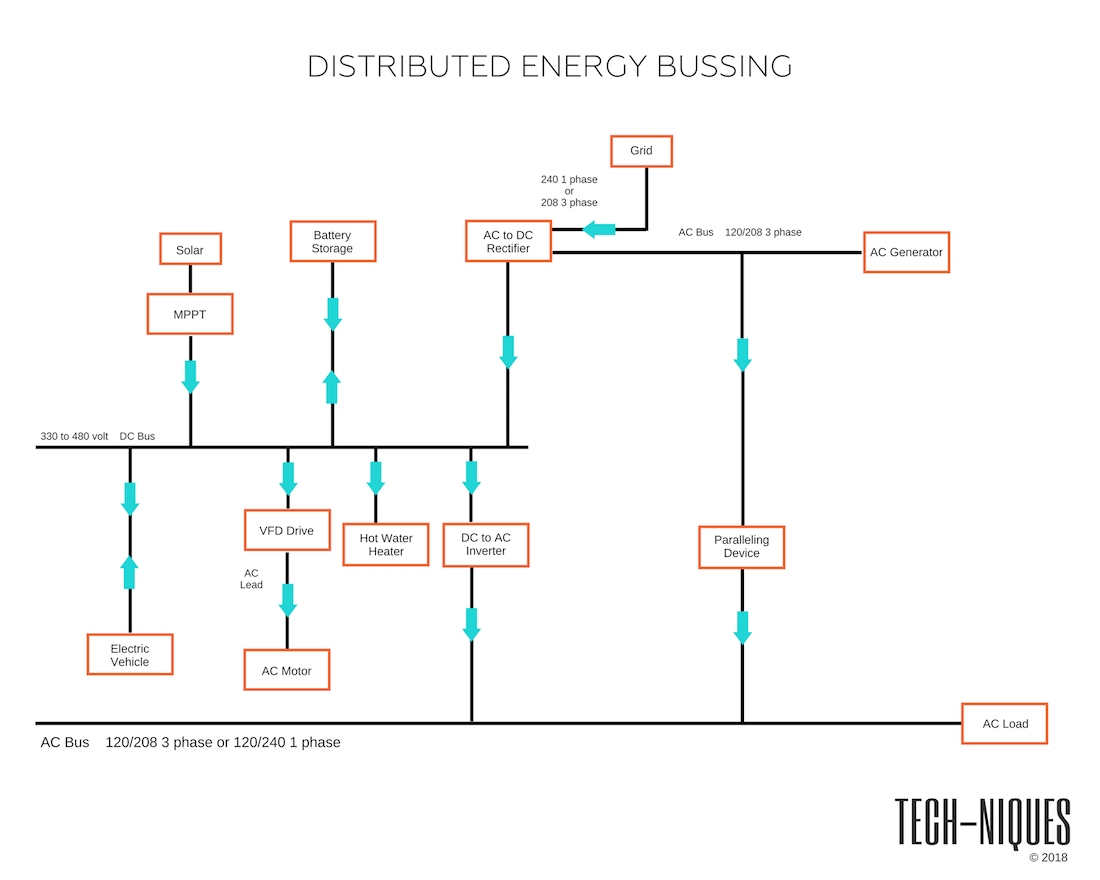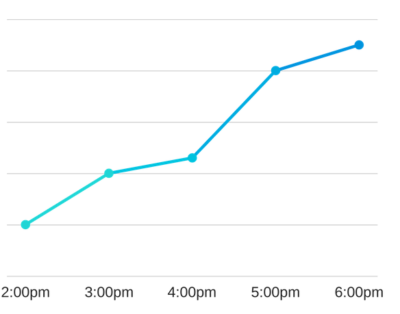WHY
DISTRIBUTED
ENERGY?
Traditional energy distribution or ‘the grid’ has not changed much since the days of Tesla. Power is created far from the point of consumption and delivered via high voltage AC transmission lines. Where this will likely be the continued primary source of power for our business and home, Distributed Energy using local sources (such as solar and wind with local storage) allows the grid to operate more efficiently and reliably. Add to this coming era of the electric car more opportunities arise as the grid becomes the primary source of power for our homes, businesses and transportation.


